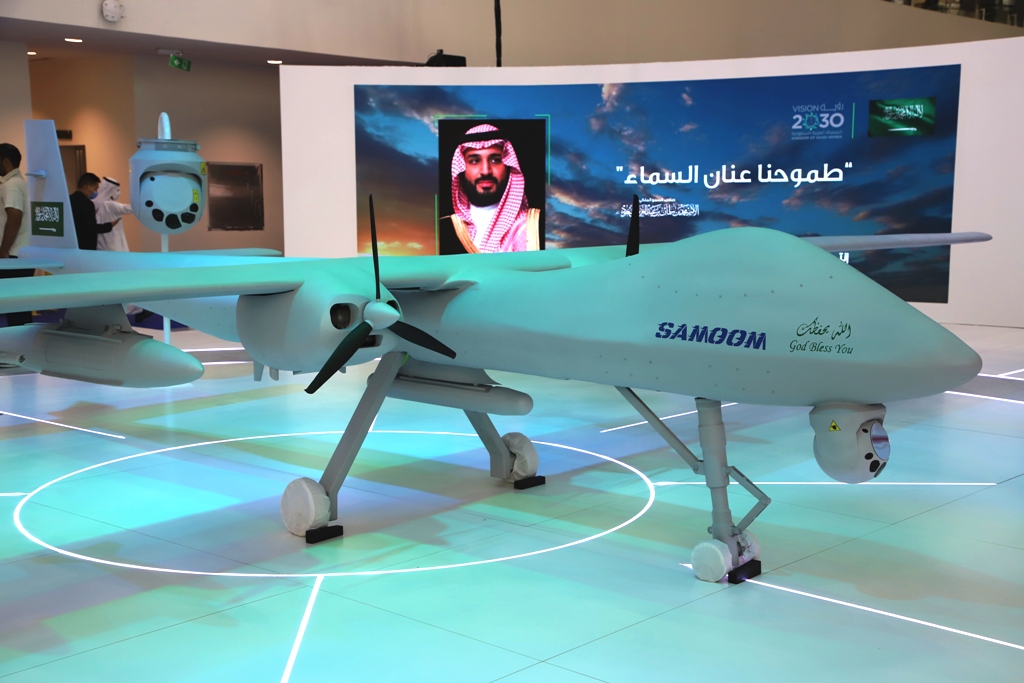,
By Stijn Mitzer and Joost Oliemans
The Indonesian Air Force is currently undergoing a re-equipment programme with the aim of building up a qualitative and quantitative force to defend its territory and counter an increasingly assertive China. Among planned acquisitions of assets such as multirole combat aircraft, tanker aircraft and new attack helicopters, the Indonesian Armed Forces are also investing in the acquisition and development of unmanned combat aerial vehicles (UCAVs). This has so far included the purchase of six CH-4B armed drones from China and the rumoured acquisition of Turkish-made UCAVs from Baykar Tech. [1]

























